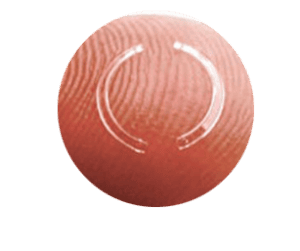Does Keratoconus cause Nyctalopia?
Is it difficult for you to see while driving at night? Do you have to strain to see the street signs? How well can you see the traffic lights or other cars on the road? Millions of people suffer from difficulties driving during the night, it is called Night Blindness and there are treatments.
What is Night Blindness?
Night Blindness or Nyctalopia is when a person has difficulty seeing at night or it becomes impossible to see in the dark. Night blindness is often a symptom of certain medical or vision conditions. Often patients with night blindness can not participate in normal activities at night or in the dark.
What are the Causes of Nyctalopia?
Nyctalopia or night blindness is often a symptom of certain medical or vision conditions. Many include Cataracts, Macular degeneration, Retina Detachment, Diabetes, and even Keratoconus. But you can also have Nyctalopia at birth, through injury, or from malnutrition or lack of vitamin A (Retinol).
What are the Symptoms of Nyctalopia?
- Blurred/Double Vision
- Eye Strain
- Pain
- Halos/Glares
- Excessive Rubbing
- Watering of the eyes
What are the Treatments for Night Blindness?
When it comes to treatment options for those who suffer with Night blindness largely depends on the overall cause of the onset. Treatment options can include everything from a simple change in the patients eye glass prescription, to a change in medication. In some cases the patient may need surgery if the symptom creates too many complications.
Night blindness can be a very difficult symptom but with the help of your eye care professionals you can get help.






 Contact lenses for Keratoconus patients come in many different designs. Here at our Beverly Hills office, we create the best design possible ensuring comfort, vision and eye health. There are six different options for contact lenses.
Contact lenses for Keratoconus patients come in many different designs. Here at our Beverly Hills office, we create the best design possible ensuring comfort, vision and eye health. There are six different options for contact lenses.










